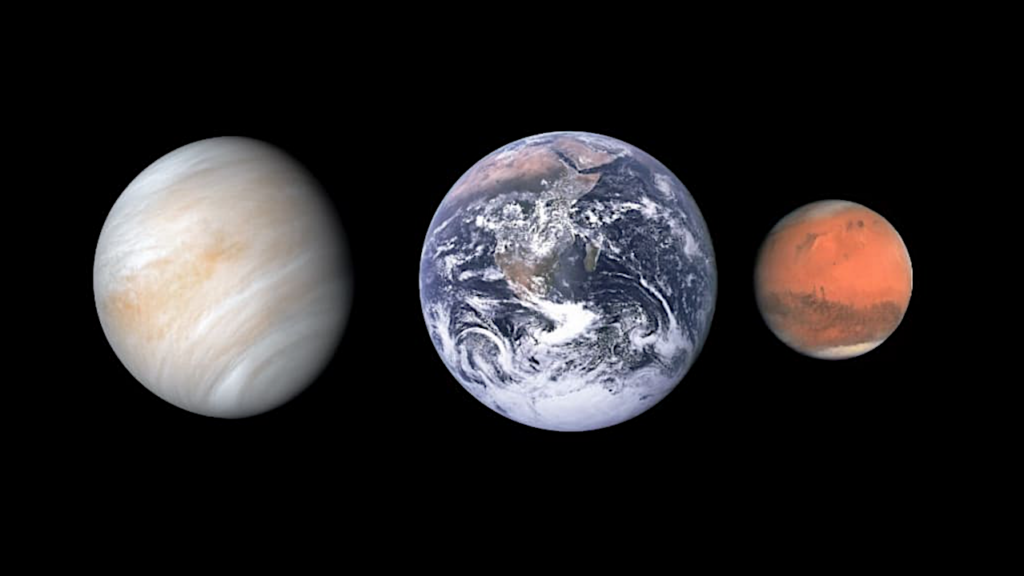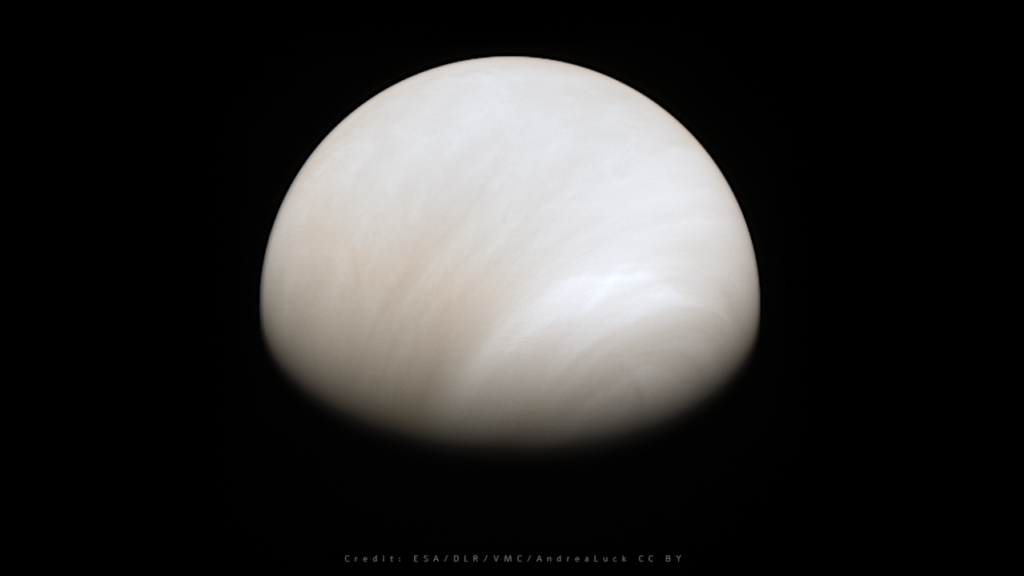On The Hydrosphere Stability of TESS Targets: Applications to 700 d, 256 b, and 203 b

A main determinant of the habitability of exoplanets is the presence of stable liquid surface water. In an era of abundant possible targets, the potential to find a habitable world remains a driving force in prioritization.
We present here a data-forward method to investigate the likelihood of a stable hydrosphere on the timescales of the formation of life, 1 Gyr, and beyond. As our primary application, we use this method to examine the potential hydrospheres of TESS Objects of Interest 700 d, 256 b, and 203 b. We first present our selection criteria, which is based on an implementation of the Earth Similarity Index, as well as the results of an initial investigation into the desiccation of the targets, which reveals that TOI 203 b is almost certainly desiccated based on TESS observations. We then describe the characterization of the remaining targets and their host stars from 2MASS, Gaia, and TESS data and the derivation of sampled probability distributions for their parameters.
Following this, we describe our process of simulating the desiccation of the targets hydrospheres using the Virtual Planet Simulator, VPLanet, with inputs directly linked to the previously derived probability distributions. We find that 50.86 percent of the likely cases for TOI 700 d are desiccated and no modeled cases for TOI 256 b are without water. In addition, we calculate the remaining water inventory for the targets, the percentage of cases that are continuing to lose water, and the rate at which these cases are losing water.
Paul Bonney (1 and 2), Julia Kennefick (1) ((1) Corresponding author: [email protected], (2) Department of Physics, University of Arkansas)
Comments: 17 pages, 6 figures, 3 tables. Submitted to The Planetary Science Journal (2/28/22)
Subjects: Earth and Planetary Astrophysics (astro-ph.EP)
Cite as: arXiv:2203.00222 [astro-ph.EP] (or arXiv:2203.00222v1 [astro-ph.EP] for this version)
Submission history
From: Paul Bonney
[v1] Tue, 1 Mar 2022 04:17:38 UTC (595 KB)
https://arxiv.org/abs/2203.00222
Astrobiology,








